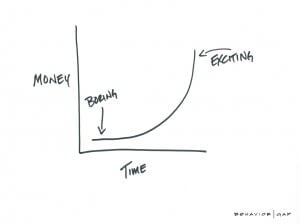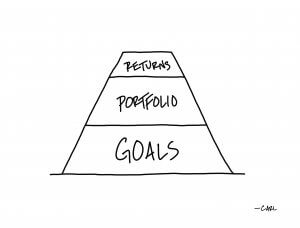
Incentives
Investment ManagementDec 04, 2020
Tesla and CEO Elon Musk are a constant in the financial news these days, and there are many reasons why. Musk’s publicly stated aggressive growth goals and the stock’s wild ride has propelled the company and its leader into the headlines countless times over the last few years, most recently with the announcement that Tesla will join the S&P 500 index later this year. While Musk is viewed as a visionary by many, he has also been criticized for his bombastic predictions, unpredictable behavior, and quick Twitter fingers. He has many adoring fans but his behavior and style have also earned him his fair share of detractors, some of whom include well-known short sellers and even the Securities and Exchange Commission.
Back in 2018, Tesla’s board agreed to an absolutely massive compensation package that would be tied to the company’s market capitalization and some extremely aggressive growth and performance goals. This package could pay Musk upwards of $50 billion if he hits various targets in the coming years. Given this context, it’s probably fair to say his incentive to receive his compensation package may have something to do with his sometimes erratic comments and hard driving behavior the last couple of years. As writer Morgan Housel is fond of saying:
“Incentives are the strongest force in the world”.
The Global Financial Crisis contains countless examples of the power of incentives and how they can fuel decision-making. In fact, most of the major blunders made in corporate America that appear complex or nefarious on the surface can often be boiled down more simply to misaligned or poorly thought out incentive structures (the latest being Wells Fargo).
However, one does not need to look at Fortune 500 companies and CEO’s who focus on the company’s stock price because that is how they are compensated for examples of the complexity that incentives can cause. Everyone has a story about a moving company that looked cheap on Google but took forever (the movers were paid hourly), or the mechanic who kept finding issues with your car when you took it for a quick oil change (that led to a very expensive bill). One needs to look no further than the classic example of the pushy used car salesman who convinced George Costanza to buy a specific car because he claimed it was once owned by Jon Voight as evidence. To better understand incentives is to better understand human behavior. By being more conscious of incentive structures we can better understand everything from the functioning of our government to or our boss’ decision-making.
While everything written to this point may seem obvious to you, it is very common of us to make all kinds of decisions or engage in transactions without having a clear understanding of what the person across from us has to gain. When it comes to the financial world this is especially true. Understanding how your advisor is compensated, if they are a fiduciary, and if their interests are truly aligned with yours is not always as easy as it should be. At Alliance, these things are at the center of how we designed our business. If George knew more about how the car salesman was being compensated, maybe he wouldn’t have been so quick to buy that Chrysler Lebaron. This “Costanza Rule” should apply to you and your advisor too.
Citations
Seinfeld, “The Mom and Pop Store” Season Six, 1994
Tesla SEC Schedule 14A Proxy Statement, 2018
Elon Musk earns first performance-based payout from Tesla, worth more than $700 million, CNBC.com, May 28, 2020
Permanent Assumptions by Morgan Housel, Collaborativefund.com, June 4, 2020
The Great Mental Models, Shane Parrish, 2019


